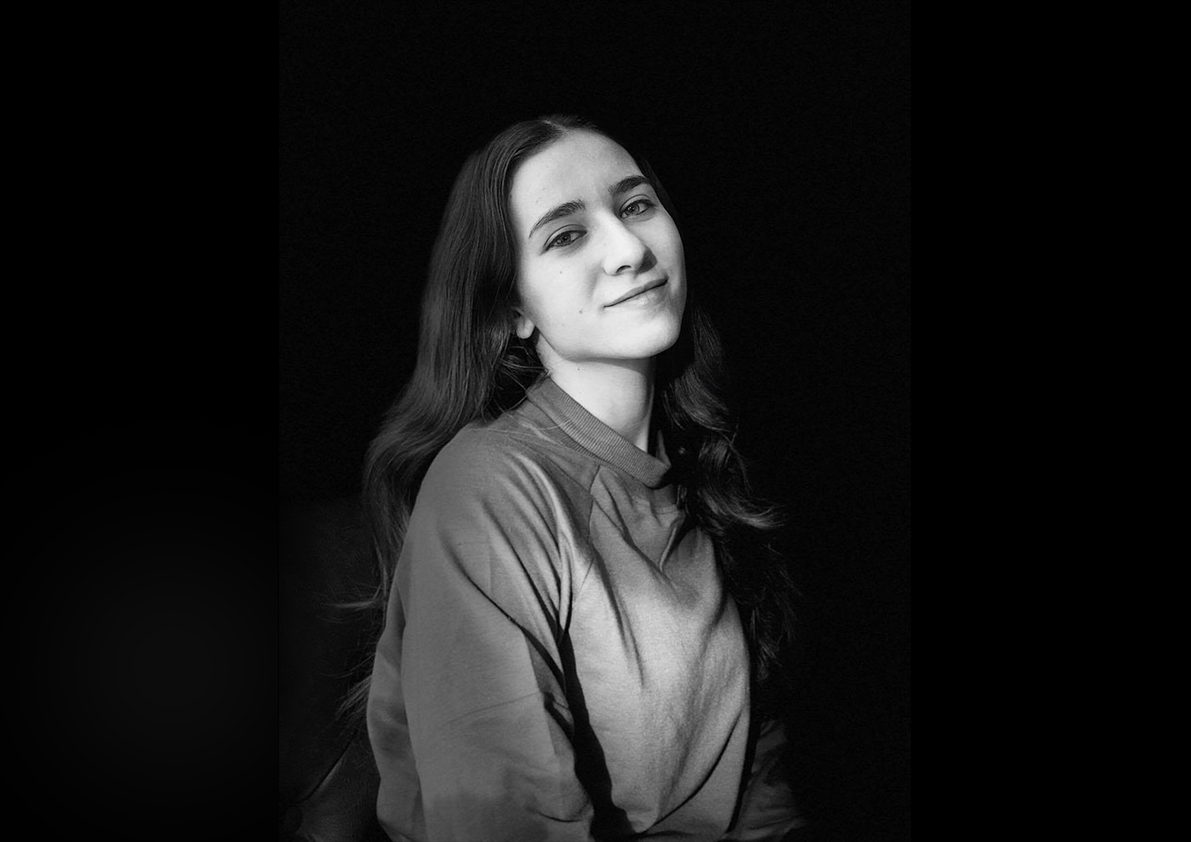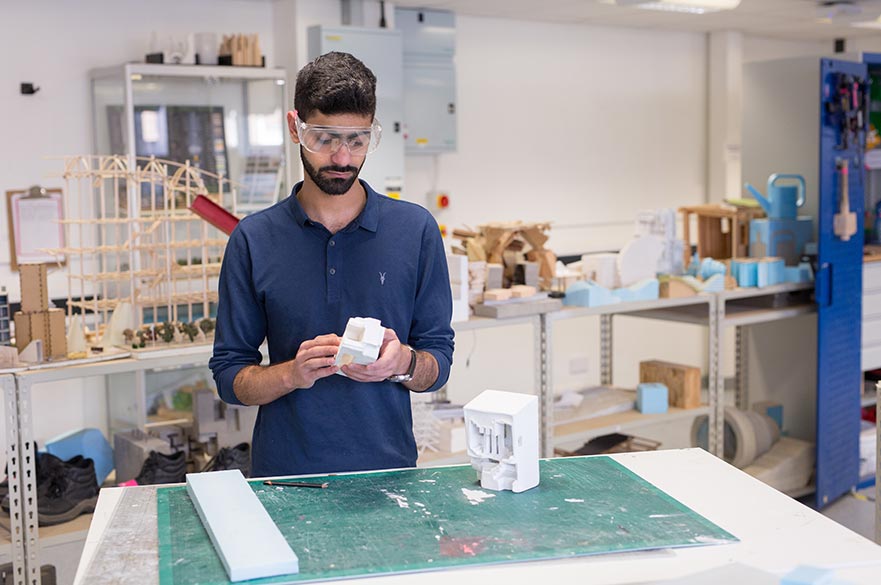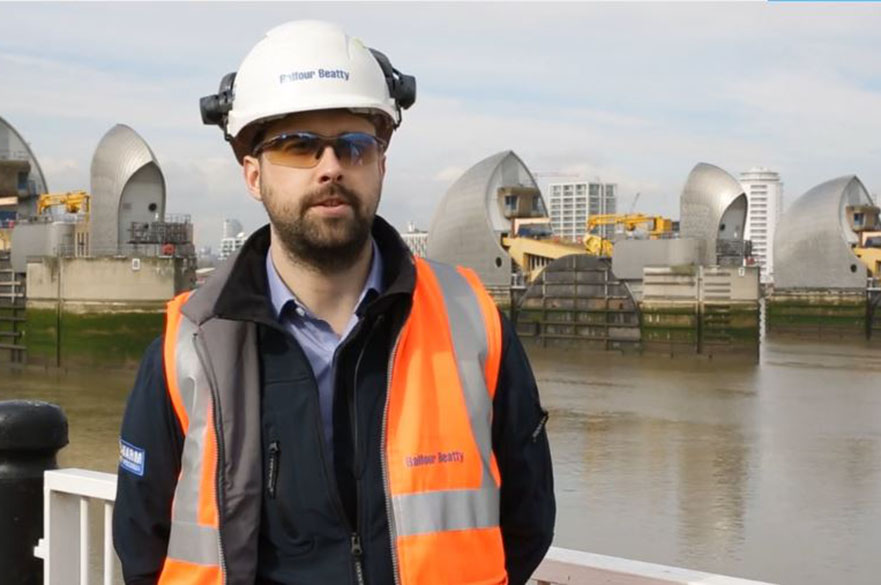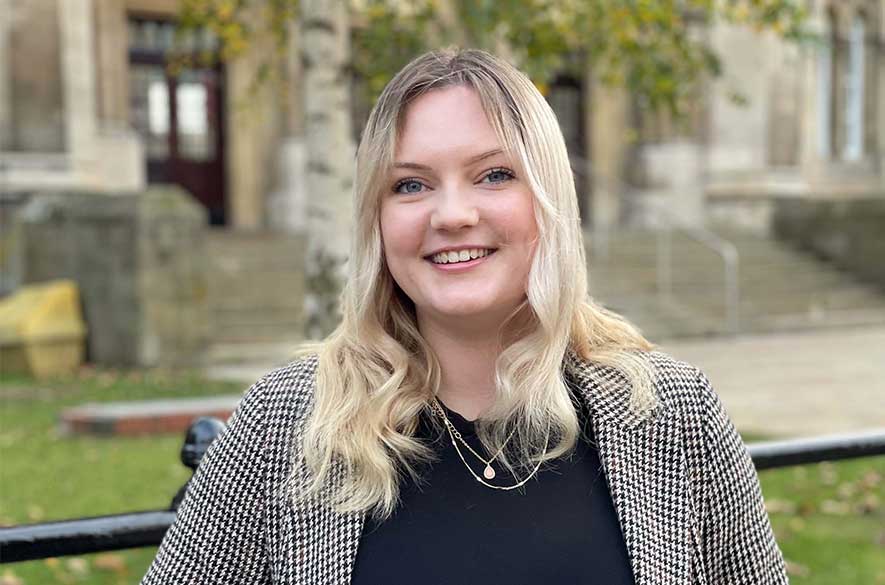
My course allows me to be logical and creative at the same time. Critical thinking and creativity are two essential attributes that NTU students are encouraged to develop throughout their studies.
More about Evanthia
What is your favourite thing about your course?
My course allows me to be logical and creative at the same time. Critical thinking and creativity are two essential attributes that NTU students are encouraged to develop throughout their studies.
The course’s modules are designed to give all the appropriate knowledge to design students and mainly refer to Architecture as the main subject – providing basic information on technical details, communication skills, historical information and lessons on how to expand your creativity and imagination.
One thing I love about my course is ‘studio day’! The tutors are extremely supportive, helping you reach your greatest potential and boosting our imagination. They guide you through your projects and peers exchange ideas and opinions. Also, the University credits the card of design students with £100 per year to help them buy the equipment from the Bonington Art Shop (situated across the road from the Arkwright studios.)
Have you been involved in any live projects or exciting briefs?
Each brief introduced by the course has its own purpose and appropriate timing. Second year NTU briefs have always been interesting and challenging. We were asked to create a design for an old house that required extreme renovation since it was over 100 years old. This brief was one of the most challenging ones, as technical designing skills were essential, and consideration of the beautiful landscape was vital. It allowed us to express our authenticity through creativity and imagination.
Have you completed any work placements on your course?
I have completed my year in industry working in a small interior architecture company in Cyprus. During my placement I engaged with different real-life projects helping clients from different industries, with Interior Design as this has always been an interest of mine. I enhanced my interior design skills, particularly technical details, material properties, communication and ergonomics. The most enjoyable moments for me were the ones that incorporated design thinking and required design solutions for existing spaces, alongside sketching visuals.
The Employability Team were very supportive. They organise events for students to attend and meet employers, or even invite them as guests in lectures and presentations. However, I sourced my placement on my own by reaching out to companies in my home country, Cyprus.
Does the ‘real’ NTU match what you’d imagined? How does it compare with your friends’ experience at other universities?
The ‘real NTU’ met and exceeded my expectations as a student. Generally, the support from the lecturers, tutors, admins and the Employability Team is great, as they are willing to help you even outside of their working hours. I do not know how other students get along in other universities, but what I know is that tutors and lecturers form a great team that makes the ‘real’ NTU an example of a university that cares about the development and progress of its students.
Have you been on any trips with your course? Tell us about one you particularly enjoyed and why.
During my first year, the University organised several trips outside of the city to engage students with how light behaves in spaces. Some of my favourite trips were to the Deer Shelter Skyspace by James Turrell and to the Hepworth Wakefield Gallery by David Chipperfield.
In my second year, we travelled to Venice where we experienced one of the greatest architectural exhibitions worldwide La Biennale di Venezia. Witnessing these exhibitions helped me develop a greater understanding on how architectural spaces work in combination with light, material and form. Also, the University prepared us prior to our arrival on how to photograph architectural spaces and better understand the architectural language by sketching whatever seems important or interesting to each student. The accommodation and flight expenses were paid by the university.
Have you received an award relating to your course? If so, tell us about your experience.
I won Third Prize in the Formica Laminate Student Competition.
One day, as I was scrolling down on LinkedIn, a wonderful opportunity from the Formica Group in Europe caught my eye which asked students to design a piece of furniture that changes our relationship with the spaces that define us. I immediately thought of a concept that I had come up with that connects science with the design of a chaise lounge – the Quantum Entanglement concept. I tried to incorporate Formica® Laminate in an innovative way to the design thinking.
See the three winners and their design concepts.
What do you think makes NTU a top university?
I’d like to focus specifically on the quality of the Interior Architecture and Design course.
I believe that it provides good:
1. Transmissibility of knowledge through its lecturers and tutors to the students.
2. Division and credits across all modules (all relevant to the overall programme.)
3. Facilities – such as equipment, software, IT rooms, workspaces and easy access throughout the campus and outside campus (e.g.: library services, intranet etc.)
4. Events organised at the University such as LEAP, the creative industries expo.
What three words would you use to describe Nottingham?
Vibrant, student-friendly, Historic. All in one!
Where would you recommend visiting in Nottingham?
As a design student I would recommend visiting the Nottingham Contemporary and New Art Exchange galleries. These allow you to see interior spaces that are an alternative to the standard traditional brickwork in the city.
If you’d love to get closer to nature and escape from the concrete jungle, I would totally recommend visiting Wollaton Park. It is a relaxing place where you can find paths in nature, a beautiful historical building and some wildlife.
If you are an outgoing person, I would recommend a visit two of the most interesting bars in Nottingham – Lost Caves and Pitcher and Piano, which is a former chapel. Also, if you want to enjoy a coffee, I would urge you to visit as many local cafes as possible, supporting the local people of Nottingham.
What’s next for you after NTU?
There is no specific plan. My actions and decisions are always spontaneous, and I am open to any opportunity that is available and seems right to me. What seems ideal to me now is to find a job in a preferably small design company where creativity and imagination is the main driver, and where ideas from new members are always debatable. I do not rule out the possibility to undertake an additional degree in Europe to broaden my knowledge on subjects that I want to learn more about – I’m always thinking of how I can link things to architecture and design.
Still need help?
-

STUDENT PROFILE
Al-Marshed Al Farsi
ArchitectureOman
https://www.ntu.ac.uk/study-and-courses/courses/our-students-stories/architecture-design-built-environment/al-marshed-al-farsi
-

STUDENT PROFILE
Alex Gentleman
Civil EngineeringUnited Kingdom
https://www.ntu.ac.uk/study-and-courses/courses/our-students-stories/architecture-design-built-environment/alex-gentleman
-

STUDENT PROFILE
Alexandra Evans
ArchitectureUnited Kingdom
https://www.ntu.ac.uk/study-and-courses/courses/our-students-stories/architecture-design-built-environment/alexandra-evans2